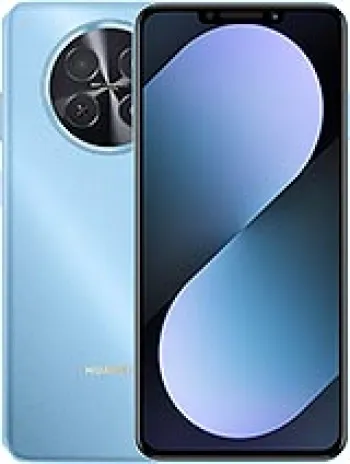
Introduction to Huawei T211
Huawei T211 is a feature phone that was announced in the third quarter of 2008. This phone exemplifies simplicity and straightforward functionality aimed at users looking for a basic mobile communication device. Unlike smartphones that are loaded with a multitude of features, the Huawei T211 focuses on essential tasks like calling and messaging, reflecting a period where phone features were minimalistic yet efficient.
Design and Display
The Huawei T211 sports a compact and classic feature phone design. It relies on a CSTN display that can show up to 65K colors, a fairly standard offering for phones of its class at the time. The screen measures 1.5 inches, providing a resolution of 128 x 128 pixels at approximately 121 PPI density. This screen specification offers basic visual feedback suitable for its intended basic functions like checking messages and viewing call details.
Body and Build
This device comes as a compact handset that fits comfortably in hand. Although specific dimensions and weight details are not available, it typically includes a mini-SIM card slot. The likelihood is that the design was lightweight and made of durable materials suitable for everyday use.
Network and Connectivity
The Huawei T211 supports GSM technology and operates on 2G bands, specifically GSM 850/1900 bands. This is an indication that it was mainly marketed towards regions where these frequencies are prevalent. However, it lacks support for GPRS and EDGE, meaning it doesn’t provide any form of mobile data capability.
Memory and Storage
When it comes to memory, the phone supports 100 entries in its phonebook and keeps records for up to 10 dialed, 10 received, and 10 missed calls. It notably doesn’t have a card slot, focusing more on built-in memory management without the option for expanding storage or installing additional applications.
Camera
The T211 does not include a camera, which might seem unusual from a modern perspective but was not uncommon for feature phones of its era. This design choice aligns with its purpose as a simple communication tool without multimedia capabilities.
Sound and Audio
Huawei T211 includes a loudspeaker for hands-free calling and basic alerts. However, it lacks a 3.5mm jack, which limits its compatibility with most external headphones and speakers, steering users towards the integrated audio output option.
Communication Features
The phone does not support WLAN, Bluetooth, or additional positioning technologies like GPS. It has an optional FM radio feature, providing users an opportunity to listen to radio broadcasts, which often served as a source of entertainment and information exchange during its time.
Software and Operating System
Running on a feature phone operating system, the Huawei T211 is constructed to execute basic tasks efficiently. It supports SMS messaging, but lacks a web browser or Java capabilities, simplifying its operation to essential communication methods. A few built-in games may be present, appealing to users' needs for occasional amusement.
Battery and Power Management
The device operates using a removable Li-Ion battery. This type of battery allows users the flexibility to replace it once its capacity diminishes, extending the phone’s lifespan. While detailed specifications about battery life aren’t available, typical feature phones tend to offer prolonged periods of operation on a single charge.
Conclusion
In conclusion, the Huawei T211 is a snapshot of a time when phones had a singular, focused role: connecting people through calls and texts. Its limitations are reminiscent of a simpler era in mobile technology, focused on reliability and ease of use. Despite being discontinued, phones like the Huawei T211 paved the way for modern-day devices, representing an important piece of mobile communication history.
Key Features of Huawei T211
- GSM Technology for basic communication needs.
- Compact display with CSTN, 65K colors, suitable for essential viewings.
- Lightweight construction due to the absence of additional camera or advanced sensors.
- FM radio support (optional) for access to radio broadcasting.
- Simple SMS messaging feature for text communication.
- Incorporates a basic phonebook with up to 100 entries.
- Removable Li-Ion battery enabling easy replacements.
- Standard call records storage with logs for 10 dialed, 10 received, and 10 missed calls.
- Includes basic games for minimal entertainment.
- Available in classic black color.
Huawei T211 Key Disadvantages
- Only supports GSM technology with limited 2G bands (GSM 850/1900).
- Lacks GPRS and EDGE for mobile internet connectivity.
- Discontinued model, limiting support and updates.
- No specified dimensions or weight information available.
- No expandable memory slot, limited to 100 phonebook entries.
- No camera functionality.
- No 3.5mm headphone jack for audio output.
- No wireless connectivity options like WLAN or Bluetooth.
- Lacks GPS and positioning features.
- No USB connectivity for data transfer.
- Only supports basic SMS messaging, no email or internet browsing capabilities.
- No Java support, limiting additional app or game installations.
View Also
More Phones
All Rights Reserved +14268 Phones © Mobilawy 2025

























